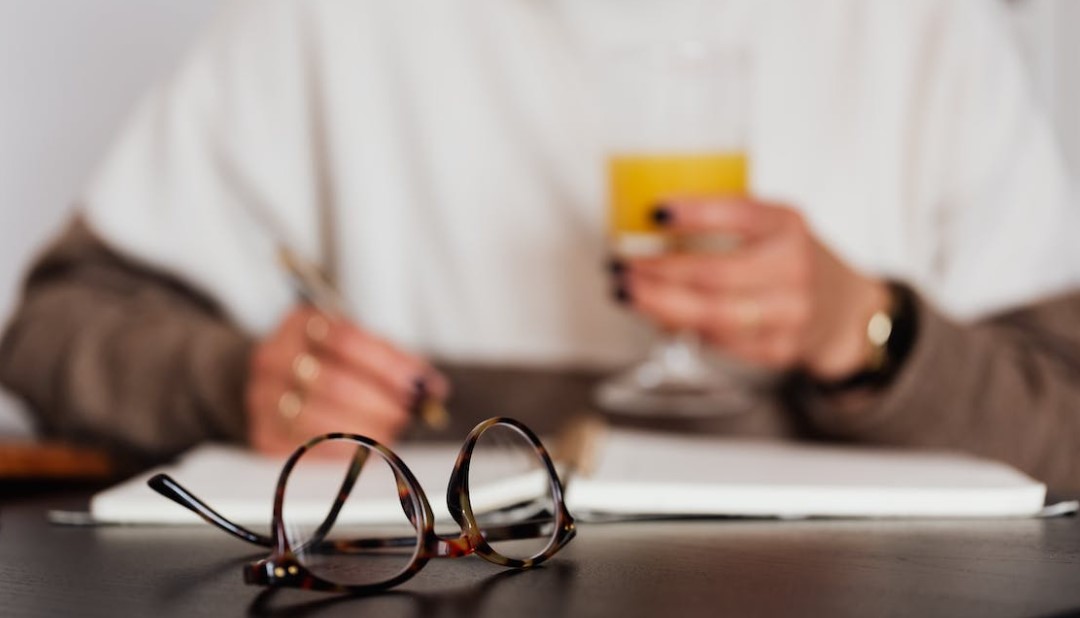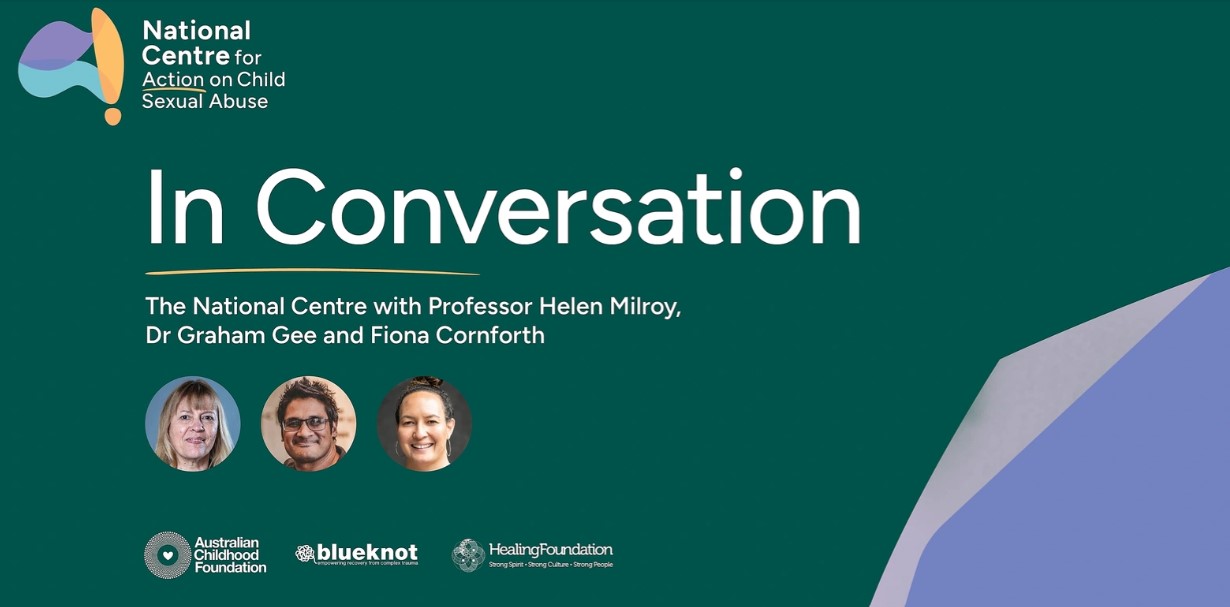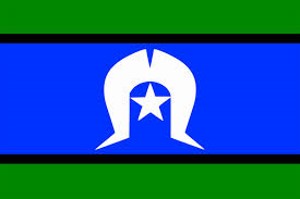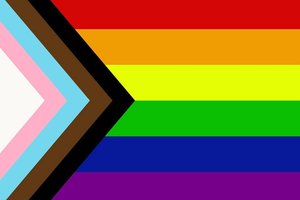We have had a Royal Commission supporting survivors to speak out and expose institutional responses that hid child abuse. This was empowering and enlightening for many of us. There are, sadly, still thousands, maybe millions of us who experienced childhood sexual abuse in our families or family networks who do not have safe, compassionate pathways, and sensitive under-standing in order to stand in their truth and be heard.
Here is a 3-chapter series that uncovers social and personal blocks, hidden control and paradoxes that have silenced so many. Through dual voices of lived experience and trauma-informed wisdom we are guided to remove blinkers and see how the world around us thwarts us, our foundational relationships block us and the travesties in our inner, private spaces hijack us. So much so that, often, we are not even able to tell ourselves the story of what happened to us.
We are taken, gently, through progressively deeper and more personal layers of silencing mechanisms that hid one woman’s truth of early childhood abuse from her until her mid-life. She finds it surprising that she still needs to grapple with these silencing influences as a 60+ year old and begins with these pleas:
“Please, please don’t refer to ‘my silence’ or my ‘speaking out’
as if they are simple choices. I have been silenced, not silent.
My relationship with the truth was forbidden and
warped by powerful systems of pretence, secrecy and re-framing,
passed down through generations of our public institutions
and our most private institution, that of the family.
Before you can be open to any part of my story, you need to understand my silence.”
As more survivors, professionals and onlookers come to understand the systems of silencing and cover-up, we will glimpse not only the factors that contribute to the alarming incidence of child sexual abuse in family environments, but also the crucial steps in prevention and healing. When we all start to focus NOT on what is ‘wrong with us’ but ‘what happened to us’, as a trauma-informed approach requires, then each and every one of us can be part of the process of clearing our societies of this scourge.








